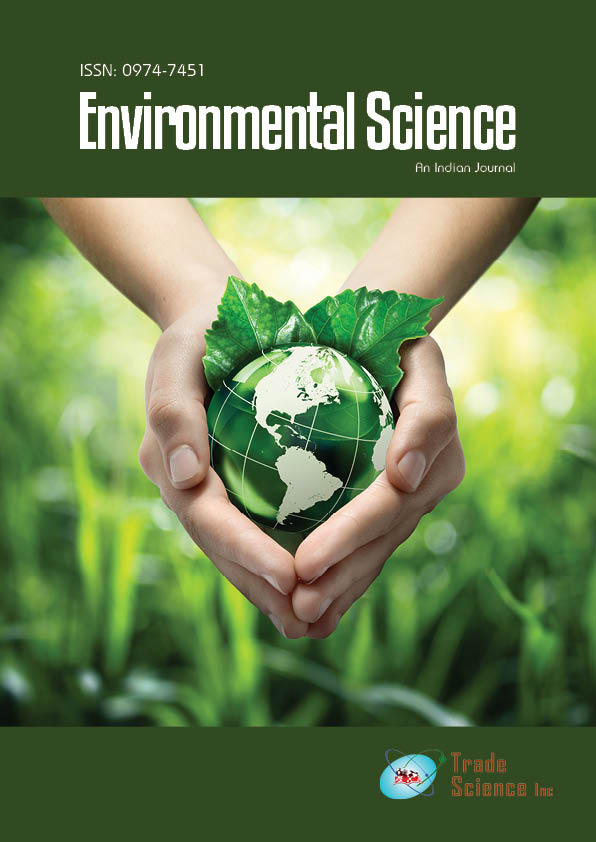నైరూప్య
Impact of the azotobacter and different nitrogen rates on yield and protein of forage canola cultivars
S.Ebrahimi, S.A.M.Modarres Sanavy, A.H.Shirani Rad, H.Iran Nejad
In order to study the effect of various nitrogen rates and azotobacter application on qualitative yield and protein percentage of three forage canola cultivars (RGS 003, Hyolla 401and Hyolla 330), an experiment was conducted in Seed and Plant Improvement Institute Research Farm, Karaj (35°48Â’N, 51°10Â’E and 1321m H) during crop season 2005. The factors were arranged as factorial split plot in a randomized complete block design with three replications. Two levels of Aztobacter (application and non application) and three nitrogen levels (0, 75,150 Kg.ha-1) were randomized to the main plots and cultivars were located in sub-plots. Results showed that Azotobacter application significantly affected on quantitative traits. High nitrogen increased all quantities traits, protein percent and glucosinolate rate in plant forage. There were differences among cultivars for dry and wet forage weight, stem length and sub-branch number. According to this research, 150 kg.ha-1 nitrogen produced the most forage yield. But in regards to reduction necessity of chemical fertilizer application in direction of sustainable agriculture, of 75 kg.ha-1 nitrogen withAzotobacter application was considered as the best treatment and RGS003 was introduced as the best cultivars.
